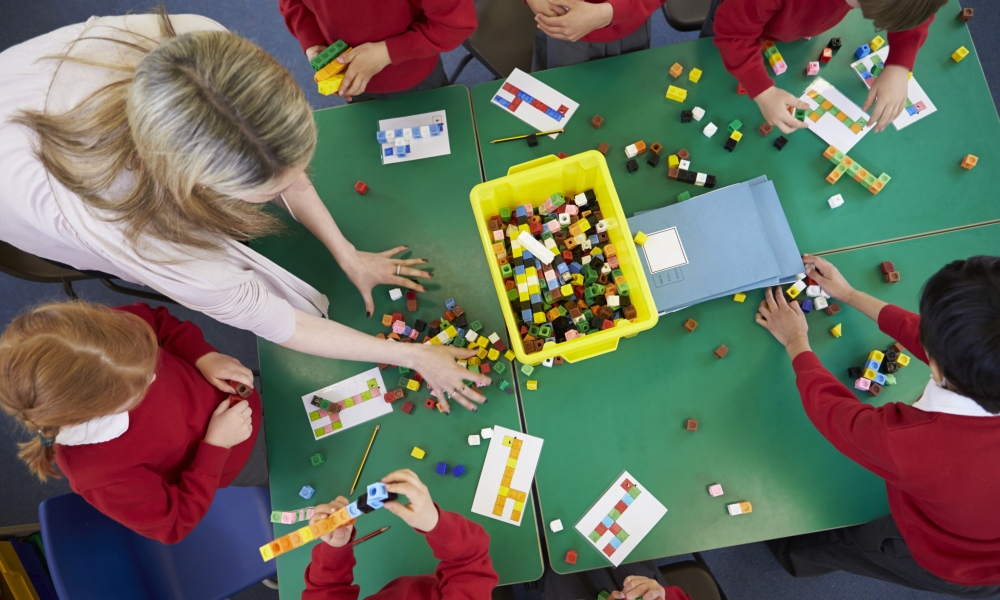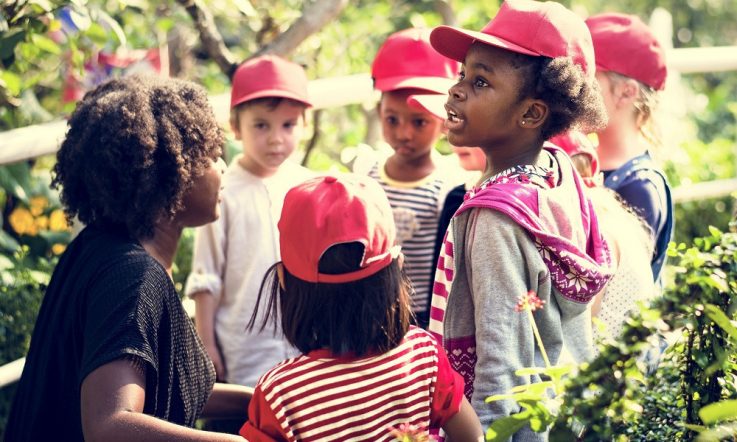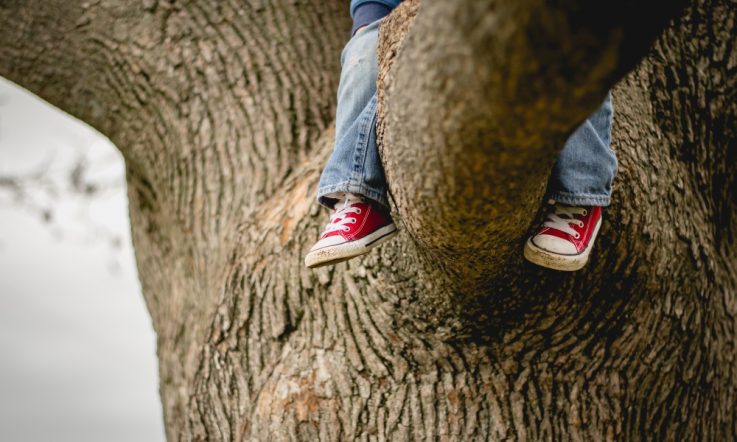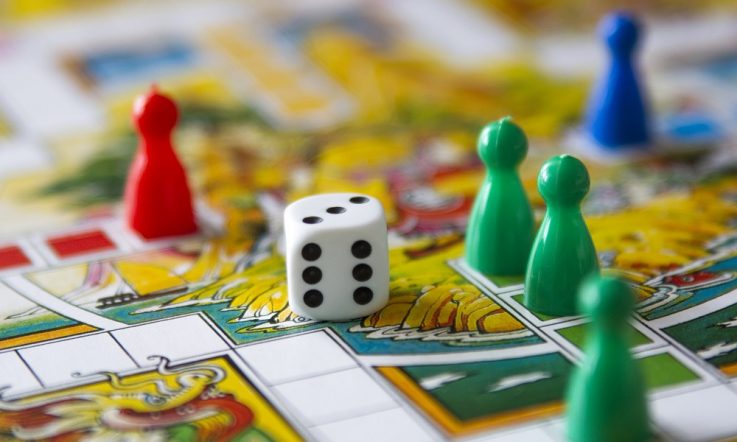The Australian Council for Educational Research (ACER) has been working with the LEGO Foundation in Denmark to understand the role and impact of learning through play at school beyond the early years. In this update, researchers Dr Amy Berry, Kellie Picker and Rachel Parker discuss some of the characteristics of playful learning, share examples of classroom practice, and explain how teachers can contribute to our understanding of learning though play in the classroom.
ACER with the LEGO Foundation explored the extent to which playful pedagogies have been used in schools globally, and their impact on students' holistic skills development. The ensuing white paper found that learning through play shares similar characteristics to other pedagogies such as project-, problem-, and inquiry-based learning. This can be highly effective when certain enabling conditions are present, such as teacher education, training, and leadership support. The white paper provided a framework to view children's experiences of learning through play at school.
What do we mean by learning through play?
Over the past five years, the LEGO Foundation has worked with a series of academic partners to redefine play and learning. As a pedagogy, the LEGO Foundation defines learning through play as joyful, iterative, meaningful, actively engaging, and socially interactive experiences that ‘combine playful, child-directed activity with intentional facilitation on the part of the educator to foster a broad range of learning outcomes,' (Parker & Thomsen, 2019).
This is key: we do not suggest that all play is free play that occurs outside the margins of the classroom when the formal learning is done. We bridge pre-school and school, and play and learning, by acknowledging the central role of the facilitator or teacher in leading, guiding, or stepping back when appropriate, to support learners to achieve their goals.
The five characteristics of learning through play are:
- Joy – feelings of curiosity, accomplishment, enthusiasm;
- Iteration – repetition, experimentation, trial and error;
- Meaning – making connections, deep learning, motivation;
- Active engagement– minds on, interested, invested in learning; and,
- Social interaction – communicating, sharing, collaborating.
More detail about all five can be found in Learning through play: A review of the evidence (Zosh et al., 2017). Here, we look at two of these characteristics in more detail.
Iteration
Iteration is thought of as ‘experiences characterised by repetition of activity or thought, to potentially discover new insights with each round,' (Zosh et al., 2017, p.17). As such, humans are wired to use trial and error to help them learn. Iteration can be observed across the ages, from the development of babies and toddlers as they learn about themselves and the world around them, to adults trying to solve problems and puzzles (such as sudoku). In the classroom, iteration can and is used as a logical way to work through cognitive or hands-on problems. While there are many ways to be iterative, it is generally used as a strategy for Mathematics, Science and Technology learning.
Take this example from Amber's Year 3 Space inquiry:
The students in my class were asked to create a spaceship for an alien who had come to earth to learn how humans live. With the intent to return home and take some human goodies with him, the alien set criteria for the creation, use and specification of the spaceship that would propel him home to the outer limits of our solar system. With a clear understanding of the task, the students set about designing, creating and testing the durability of their project because the final model would be packed with the alien's belongings and pushed off the school roof, to evaluate which would be the most suitable for the alien's use. When observing the class during each stage of this inquiry experience, iteration was an integral part of the learning. Students experimented with their design to make sure it met the criteria, they changed and adjusted the materials for construction of the prototype and they used trial and error to evaluate the durability of their spaceship – pushing it off the table or asking the tallest person in the class to drop it from overhead. When reflecting on the learning process at the end of the inquiry, the students identified iteration as a key to the success of their projects.
We also need to remind ourselves that iteration is also very strongly embedded in other areas of the curriculum, including literacy. The classroom example above could very well have been about the writing process where students plan, draft, revise, edit and publish their writing to share their ideas and their learning.
Social interaction
Social interaction plays a critical role in our development, beginning with interactions with caregivers in early life and then expanding to include teachers and peers as we move into more formalised education settings. These interactions help children to develop language skills and provide an opportunity for children to develop and practice social and self-regulatory skills that are so important for learning in a complex environment such as a classroom. There are many ways that teachers can facilitate socially interactive learning experiences in the classroom.
Take this example from Wendy's Year 2 Literacy lesson:
The class had been using different fairy tales to explore the idea of the structure of a narrative and were enjoying sharing ideas of different characters, settings and ‘complications' they could introduce to familiar stories. Wendy noted this enthusiasm and introduced a new challenge for the class. The students formed groups and collaborated to create alternative versions of familiar stories that could be acted out and shared with other Year 2 students. At each stage of this process the students had to communicate with each other to share ideas on the re-imagined characters, setting and storyline. When necessary, Wendy was there to scaffold the collaborative decision-making process and to support the planning and creation phase of their stories. At one stage, one group decided they would like to video their story so their families could also enjoy the creation. A class discussion was held to decide how to go about this and the students decided they could ask their Year 5 Buddies to help out with the video recording and editing. At each stage of the project, social interactions between children, between the teacher and children, and between the children and their older buddies were integral to the success of the creative storytelling process.
Currently in Australia there is a groundswell of educators, researchers, early childhood education interest groups and associations who are working to ensure learning through play has a place in schools. This movement has been prompted by concerns of a focus on children's extended use of technology and the lack of physical activity in the school day, due to the use of sedentary learning experiences to improve academic outcomes (such as rote learning). To tackle these concerns and the limited understanding about the benefits of learning through play in schools, educational institutions around the country are creating networks, running conferences and conducting research in order to better understand how play can be used to improve learning.
Next steps: How you can get involved
While it may be easy to think of examples of how the characteristics of learning through play can be seen in the classroom, it remains that we have a limited understanding of how teachers think about learning through play, or how they attempt to integrate playful learning experiences in their classrooms. ACER's focus on learning through play at school aims to address these gaps in our understanding in order to better support teachers in their efforts to facilitate learning through play with their students.
You can help us to expand our understanding of teacher experiences of learning and teaching in the classroom by responding to our questionnaire. How playful are your teaching and learning beliefs and practices? Take our confidential online survey now.
We will be sharing the results of the survey in Teacher, so stay tuned. In the meantime, below are two provocations that we hope will start a discussion about learning through play in the classroom. Feel free to share your thoughts in the comments section.
References
Parker, R. & Thomsen, B. S. (2019). Learning through play at school: A study of playful integrated pedagogies that foster children's holistic skills development in the primary school classroom.
https://research.acer.edu.au/learning_processes/22
Zosh, J. N., Hopkins, E. J., Jensen, H., Liu, C., Neale, D., Hirsh-Pasek, K., ... & Whitebread, D. (2017). Learning through play: a review of the evidence. The LEGO Foundation.
What are your thoughts on playful learning in the classroom?
What sort of experiences have you had with playful learning in your classroom?



